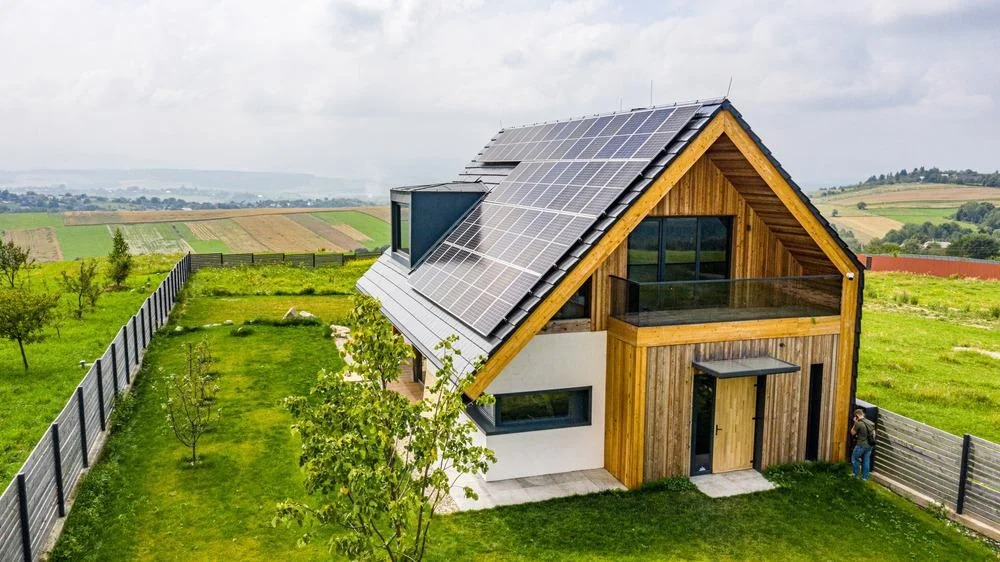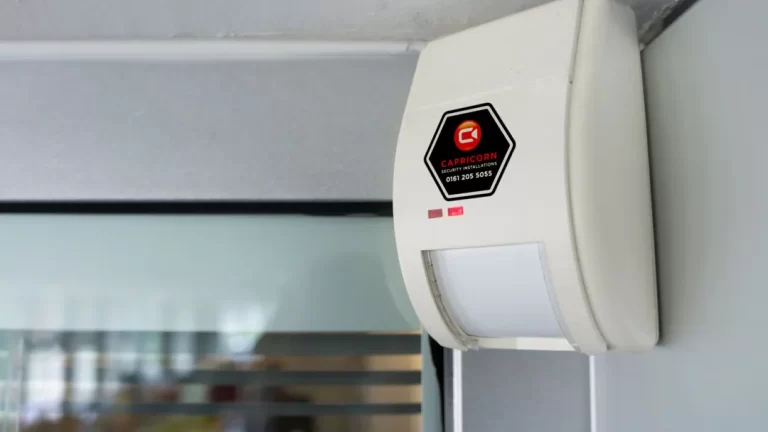How Do Eco Houses Work? 8 Primary Elements
How do eco houses work? Discover the inner workings of eco-friendly homes, their sustainable features, and environmental benefits. Learn how to build an eco house and why it’s a wise investment for the future.

Eco houses, also known as eco-friendly or sustainable homes, are gaining popularity as people become more environmentally conscious.
These homes are designed to have minimal impact on the environment while maximizing energy efficiency and sustainability.
In this comprehensive guide, we will delve into the fascinating world of eco houses, exploring their unique features, construction techniques, and the benefits they offer to both homeowners and the planet.
How Do Eco Houses Work?
Eco houses work on the principle of reducing their carbon footprint and promoting sustainability through various innovative design elements and energy-efficient technologies.
These homes aim to utilize natural resources wisely and minimize waste production. The primary elements that make eco houses work are:
1. Renewable Energy Sources
Eco houses harness renewable energy sources, such as solar power, wind energy, and geothermal energy, to reduce dependency on fossil fuels.
Solar panels on the roof capture sunlight and convert it into electricity, powering the home and even feeding excess energy back into the grid.
2. Sustainable Materials
Eco houses use sustainable and recycled materials for construction. These materials are environmentally friendly and have a reduced impact on natural resources.
Examples include recycled steel, reclaimed wood, and eco-friendly insulation made from recycled plastic bottles.
3. Passive Design
Passive design is a crucial aspect of eco houses. It involves strategically positioning windows, doors, and insulation to optimize natural heating, cooling, and lighting.
By using natural sunlight and airflow, eco houses minimize the need for artificial lighting and air conditioning.
4. Water Conservation
Water is a precious resource, and eco houses aim to conserve it. Features like rainwater harvesting systems, low-flow faucets, and dual-flush toilets help reduce water consumption significantly.
5. Energy-Efficient Appliances
Eco houses are equipped with energy-efficient appliances and lighting fixtures. These appliances use less energy, thereby reducing the overall energy consumption of the household.
6. Waste Management
Eco houses incorporate waste management systems, including composting and recycling, to minimize waste and its impact on the environment.
7. Green Roof and Walls
Some eco houses feature green roofs and walls, which are covered in vegetation. Green roofs provide insulation, reduce heat absorption, and promote biodiversity.
8. Carbon Offset
In some cases, eco houses invest in carbon offset initiatives to compensate for any unavoidable emissions, further reducing their overall carbon footprint.
Benefits of Eco Houses

Building and living in eco houses offer numerous benefits for homeowners, the environment, and society as a whole. Let’s explore these advantages:
1. Reduced Energy Bills
Due to their energy-efficient design and renewable energy sources, eco houses often lead to significantly lower energy bills, saving homeowners money in the long run.
2. Environmental Conservation
Eco houses contribute to environmental conservation by reducing greenhouse gas emissions, minimizing resource depletion, and protecting natural habitats.
3. Improved Indoor Air Quality
Using non-toxic and low-emission materials in eco houses results in better indoor air quality, promoting healthier living conditions for occupants.
4. Enhanced Resilience
Eco houses are designed to be resilient to environmental changes and natural disasters, ensuring the safety and well-being of the occupants.
5. Increased Property Value
As eco-friendly homes become more sought after, their property value tends to appreciate over time, making them a wise long-term investment.
6. Sustainable Lifestyle
Living in an eco house encourages a sustainable lifestyle, inspiring occupants to adopt eco-friendly practices in their daily lives.
7. Government Incentives
Many governments offer incentives and tax credits for homeowners who invest in eco-friendly features, making it even more appealing to go green.
How to Build an Eco House
Building an eco house requires careful planning and consideration. Here are the steps to guide you through the process:
1. Conduct a Sustainability Assessment
Begin by assessing the location and the available natural resources. Consider factors such as sunlight exposure, wind patterns, and local climate to optimize passive design strategies.
2. Choose Sustainable Materials
Select eco-friendly and sustainable materials for construction, ensuring they have low environmental impact and contribute to energy efficiency.
3. Design for Energy Efficiency
Work with an architect experienced in eco-friendly design to create a layout that maximizes natural lighting and ventilation while minimizing energy consumption.
4. Incorporate Renewable Energy Sources
Explore the use of solar panels, wind turbines, or geothermal systems to harness renewable energy and power your eco house.
5. Optimize Water Management
Implement rainwater harvesting systems, greywater recycling, and water-efficient fixtures to minimize water consumption.
6. Insulate for Comfort
Proper insulation is essential to maintain a comfortable indoor environment and reduce the need for heating and cooling.
7. Focus on Landscaping
Plan for a sustainable landscape design that includes native plants, drought-resistant vegetation, and green spaces for improved biodiversity.
8. Consider Certification
Seek eco-friendly building certifications like LEED (Leadership in Energy and Environmental Design) or BREEAM (Building Research Establishment Environmental Assessment Method) to validate your eco house’s sustainability.
Conclusion
Eco houses offer a sustainable and environmentally responsible way of living, benefiting both homeowners and the planet.
By harnessing renewable energy, using sustainable materials, and implementing passive design strategies, these homes are paving the way towards a greener future.
Whether you’re building from scratch or retrofitting an existing home, going eco-friendly is a choice that can positively impact the environment and your quality of life.
READ ALSO!!!




